The Dell XPS 13 (2015) finally arrived yesterday afternoon – 2 days after the initial projected delivery date. I’m not absolutely certain of the reason for the delay in assembly, but from what I’m reading on online forums about others around the world who’ve also been waiting for their units that deliveries of the new XPS for many would only be starting from next week onwards. Not pleasing at all, though to Dell’s credit they expedited the delivery of the new notebook from Shanghai (?) to Malaysia and then finally to Singapore, even if it took three emails and phone-calls to get that.
From the get-go, it’s obvious that Dell has pull out all stops to present the new XPS 13 as a premium, luxury product. The cardboard delivery box was oversized but in-it was compacted foam to cushion a much smaller XPS box. The box is just slightly larger than the notebook, with the power adapter and cord packed separately in the delivery box.
After 2 days and loading up a whole bunch of stuff onto the XPS and doing some light productivity work on it – my notes on the Dell XPS13-9343. I went with the upper tier option of the i7-5500U, 8 GB RAM and Samsung 256 GB M1 SSD, and QHD+ infinity touch-screen.
The exterior aluminum chassis is great and tough-enough, though if you depress it hard, it’ll still exhibit just the slightest flex. In other words, not as rigid as the MacBook Pros. Interestingly, the aluminum cover on my Asus UX31E is even tougher still compared to the MBP.
The entire unit is lovey, and you’ll feel you’ve purchased a high quality product – despite its relatively modest asking prices for the base configurations (the upper tier configuration e.g. what I got is very slightly less so). Size-wise; the Dell XPS 13 has a slightly larger footprint-wise than the Surface Pro 3, and when the latter has the typecover on, the thicknesses are about the same. Weight-wise, the XPS is heavier but still easily light-enough to be carried around without feeling its weight.
The accompanying power adapter and cord is about the same size as the SP3’s – i.e. tiny! Slightly heavier than the SP3’s but nothing like the usual large power bricks and adapters in other notebooks. I’ll probably be picking up a second adapter for use in the office.
The screen seems brighter than my SP3 and with truer whites – the SP3 in contrast displays an odd very slightly yellowish tint outside the highest brightness levels. Unfortunately, my unit also showed visible light leakage along the left and right sides of the screen. Not sure if I should kick up a fuss about it – it’s visible enough under normal use if I consciously look for it. No issues at all on the Dell XPS 13’s viewing angles, and I think this screen’s on-par quality wise with my MBP Retina.
The carbon fiber layer on the keyboard rest feels svelte, but I would have preferred it to be made of the same alloy as the rest of the chassis.
The Dell XPS 13’s touchpad is large and works well-enough, though it’s still not as velvety smooth nor responsive as the MBP’s. I read that Microsoft is trying hard to rein in the widely varying trackpad implementations from notebook manufacturers, and Dell has been working with them on the XPS 13’s – but from the latter, there is still a long way to go.
The keyboard is… adequate. The key travel is good and provides sufficient feedback, but the the keys themselves also present slightly more resistance than what I like. The MacBooks still set the gold standard when it comes to great keyboards, and funnily, despite the SP3’s noisy clackety type cover, my typing speed is quicker on it than on this Dell. Oh well – something to get used to.
Under normal use (e.g. office productivity, browsing), the XPS 13 stays silent and the fan doesn’t kick in, and even if it does, it’s not audible. But downloading updates and running intensive 3D content on it, it will, with the notebook bottom heating up quite a bit.
The widely-reported 10+ hour of spectacular battery life seems obtainable only if you’re just letting it sit pretty, browsing and not doing serious work on it. I haven’t given it the full battery run-down, but I suspect it’ll still run for a minimal of 5 hours or more of actual productive work before cashing out.
Battery charging using the supplied AC adapter seems brisk. Not scientific, but it took less than 2 hours to get from 10% battery remaining to about 90%.
The right USB 3.0 port sits a little too close to the SD Card slot. Not a biggie, but it means if you’ve got a USB device hooked up to that side, extracting a SD Card out from that slot will require a bit of finger-jiggling.
On the overall, I’m pretty happy with it – barring the light-leak annoyances (gonna think about this), and that the keyboard/touchpad combo on Macbook Pros are still ahead of this new Dell. More notes might come after I’ve given it more use!
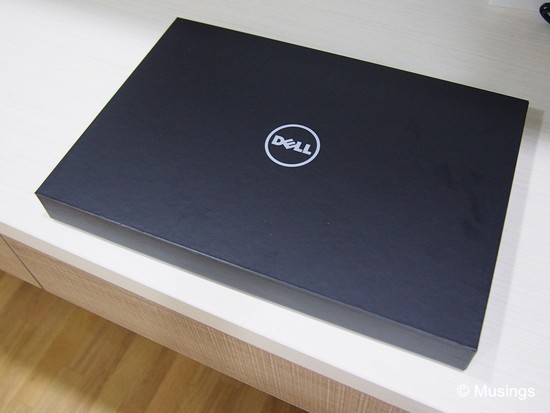
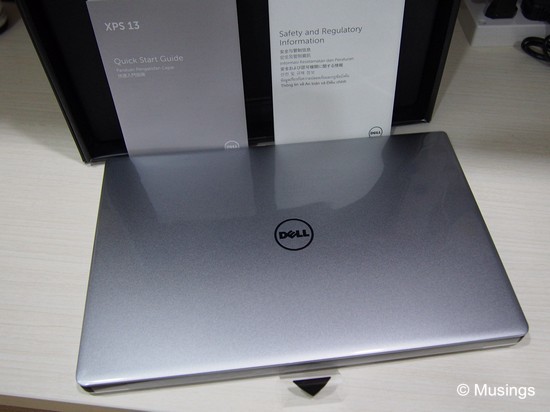
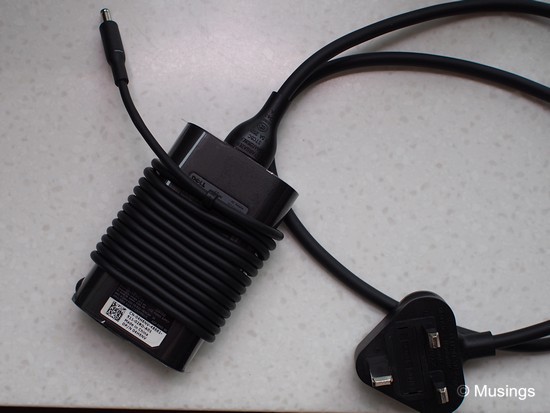
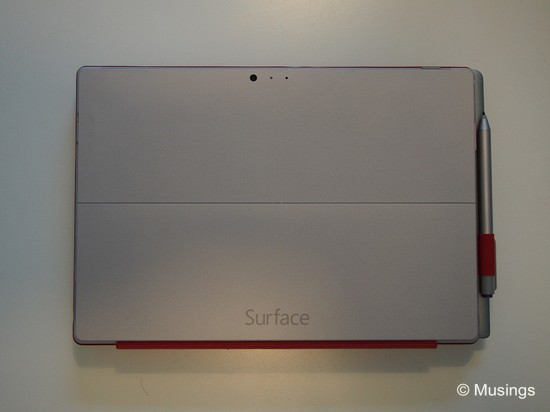
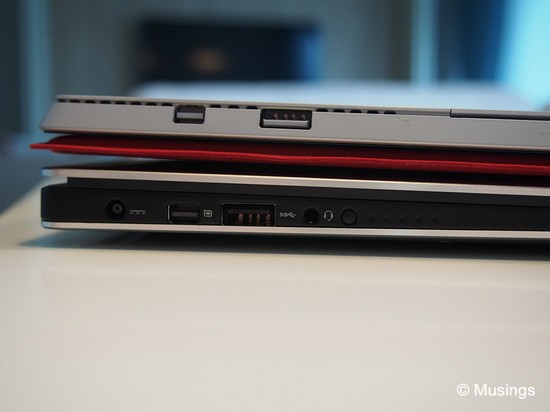
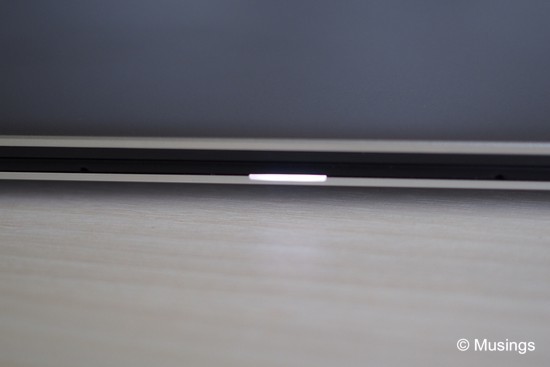
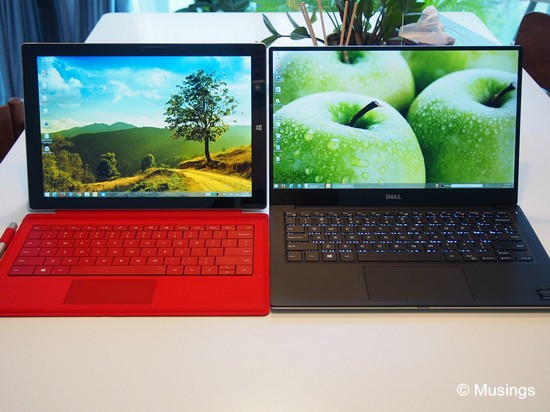
Recent comments